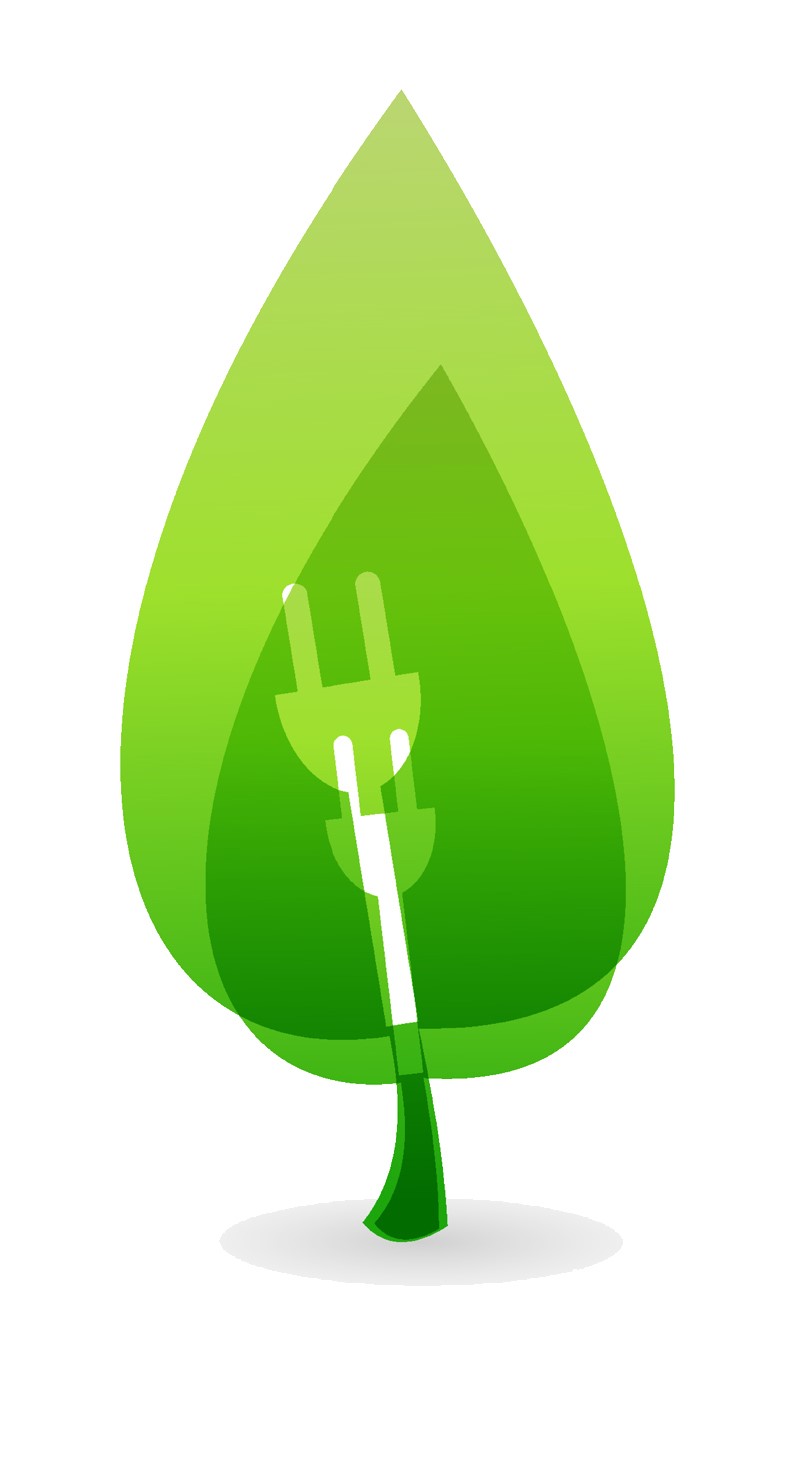Going Solar: An Examination of Solar Implementation on the Embry-Riddle Aeronautical University Campus
Presentation Type
Poster Presentation
Campus
Daytona Beach
Status
Student
Faculty/Staff Department
Human Factors and Behavioral Neurobiology
Student Year and Major
Senior and Human Factors Psychology
Presentation Description/Abstract
Since their initial introduction in 1973 by the University of Delaware, solar panels’ presence in construction and infrastructure has slowly grown in residential, commercial, and industrial fields. Despite solar panels’ proliferation, the United States energy use has grown at a greater rate than their popularity with the most recent review by the U.S. Energy Information Administration stating total energy use in 2020 was approximately 3.8 trillion kWh. On a smaller scale, Embry-Riddle Aeronautical University consumed 47,520,182 kWh for a cost of $3.8 million between 2020 and 2021. While there is no concise metric for US population attitudes energy use; this poster will present data gathered via survey and interviews conducted with Embry-Riddle students. These measures aim to create a clear image of the population’s views on university energy use. Using this data, the long term objective is to cultivate awareness regarding energy use, saving practices, and demonstrate support for the potential integration of solar elements into campus infrastructure. To build on this momentum, a cost benefit analysis will be performed to examine requirements to begin the phased incorporation of solar elements beginning in a single section of campus before expanding to additional areas (e.g., parking garage or singular parking lot). Results of this effort could decrease the cost endured by Embry-Riddle annually as well as the overall energy usage by the University thus providing not only a potential source of revenue for the University, but also a means to lower the overall carbon footprint.
Keywords
Solar Power, Energy Use, Alternative Power, Sun, Campus Infrastructure
Going Solar: An Examination of Solar Implementation on the Embry-Riddle Aeronautical University Campus
Since their initial introduction in 1973 by the University of Delaware, solar panels’ presence in construction and infrastructure has slowly grown in residential, commercial, and industrial fields. Despite solar panels’ proliferation, the United States energy use has grown at a greater rate than their popularity with the most recent review by the U.S. Energy Information Administration stating total energy use in 2020 was approximately 3.8 trillion kWh. On a smaller scale, Embry-Riddle Aeronautical University consumed 47,520,182 kWh for a cost of $3.8 million between 2020 and 2021. While there is no concise metric for US population attitudes energy use; this poster will present data gathered via survey and interviews conducted with Embry-Riddle students. These measures aim to create a clear image of the population’s views on university energy use. Using this data, the long term objective is to cultivate awareness regarding energy use, saving practices, and demonstrate support for the potential integration of solar elements into campus infrastructure. To build on this momentum, a cost benefit analysis will be performed to examine requirements to begin the phased incorporation of solar elements beginning in a single section of campus before expanding to additional areas (e.g., parking garage or singular parking lot). Results of this effort could decrease the cost endured by Embry-Riddle annually as well as the overall energy usage by the University thus providing not only a potential source of revenue for the University, but also a means to lower the overall carbon footprint.


